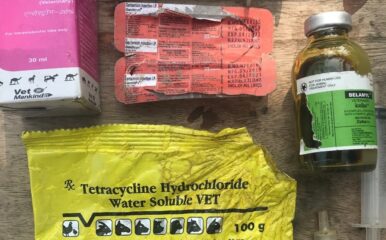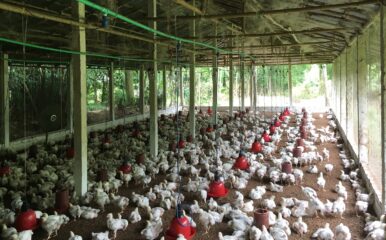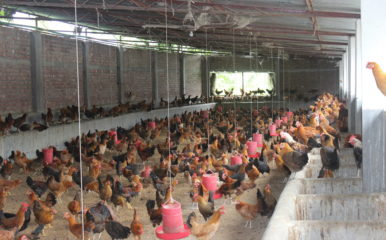
Exploring the world of microbes
Published on 25/05/2023
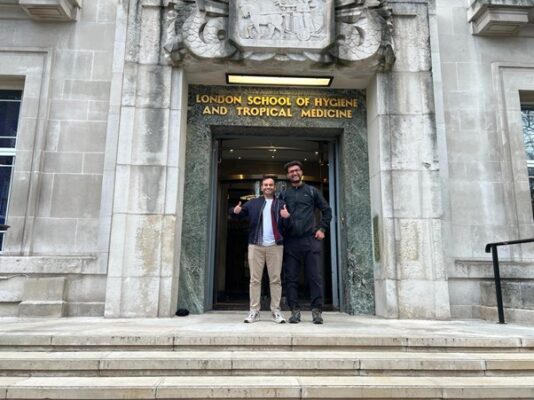
Cadi Davies
Microbes are an integral part of our world, playing a critical role in various aspects of human and animal health, agriculture and the environment. As a researcher in animal biotechnology, I have always been fascinated by the intricate workings of these tiny organisms.
Hence, when the opportunity to participate in a 56-day training programme on the genomics of Campylobacter at the London School of Hygiene and Tropical Medicine (LSHTM) arose, I jumped at the chance.
The LSHTM is a world-renowned institution for public health and infectious disease research. It is home to several research groups and centres that work on various aspects of infectious diseases, including the Centre for the Mathematical Modelling of Infectious Diseases, the Malaria Centre, and the Vaccine Centre. The LSHTM also has an excellent reputation for training and capacity building, and I was excited to be part of this esteemed institution.
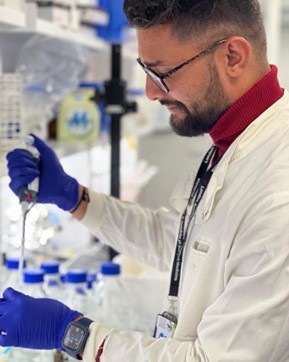
My training programme was organised by the One Health Poultry Hub under its mobility scheme. It focused on the genomics of Campylobacter, a pathogenic bacterium that is responsible for most foodborne illness worldwide. The training aimed to develop my skills in analysing genomic data and conducting wet lab experiments related to Campylobacter.
I was supervised by two renowned researchers in the field, Professor Brendan Wren and Professor Richard Stabler, both co-Investigators in the One Health Poultry Hub. I also had the opportunity to work closely with Dr Burhan Lehri, a postdoctoral researcher who was an integral part of my training experience. Together, we explored the world of microbes, delving deep into the genotypic and phenotypic characteristics of Campylobacter, its virulence factors, and antimicrobial resistance mechanisms.
In the dry lab, I learned different bioinformatics tools and techniques to analyse the Campylobacter whole-genome sequencing (WGS) sequencing data generated from the Illumina MiSeq and Oxford Nanopore platforms. These included raw reads quality check tools, genome assembly, annotation and variant discovery tools.
In the wet lab, I learned techniques for the isolation, preservation, characterisation and WGS (Oxford Nanopore) of Campylobacter isolates, as well as performing minimum inhibitory concentration (MIC) assays to determine antimicrobial susceptibility.
Aside from the training, I had the opportunity to explore London, one of the most vibrant and diverse cities in the world. During weekends, I visited iconic landmarks such as the British Museum, the Tower of London, and Buckingham Palace. I also explored the city’s rich culture and history, including its diverse cuisine, theatre and art scenes.
My training at LSHTM was a life-changing experience. It broadened my understanding of the world of microbes and developed my skills in genomics and data analysis. It equipped me with essential tools and techniques to conduct research on the genomics of Campylobacter and contribute better to the One Health Poultry Hub’s efforts to minimise the adverse effects of poultry farming on public health, animal welfare and the environment. The training also gave me the opportunity to build a network of researchers and professionals from around the world as well as gain a new perspective on global health challenges.
Top image: Dr Akash Golaviya (right) and Dr Burhan Lehri outside LSHTM.

